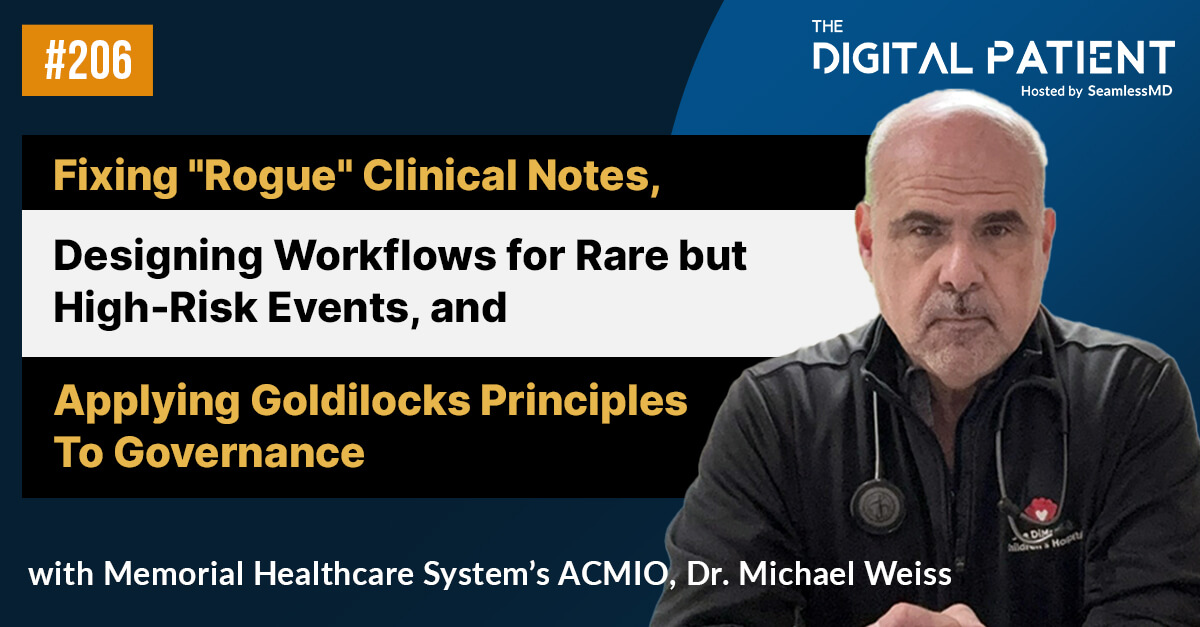The following is an excerpt from a Healthcare IT News article by Bill Siwicki:
Thunder Bay Regional Health Sciences Center now relies on videos as part of its virtual care program to educate patients. One of many benefits: It has reduced inbound patient questions – for every 15 questions nurses used to get, now they get only one.
Northwestern Ontario covers a geographical area the size of France, but is sparsely populated, having only around 230,000 residents.
The Problem
Thunder Bay Regional Health Sciences Center (TBRHSC) staff know that with limited health resources throughout Northwestern Ontario, it's very important they work together across all hospitals that provide surgical services to improve access to care for remote and rural patients.
Meeting the Challenge
"Asynchronous video technology is important to improving patient care, supporting equitable access to care, and to our hospital moving forward our strategic enabler, called 'Sustainable Future – Advance Digital Health to Improve Patient and Staff Experiences,'" said Cindy Fedell, CIO at TBRHSC. "Providing tools to empower our patients is foundational to our vision.
TBRHSC automated the pre-op messaging for all surgeries across Northwestern Ontario surgical hospitals. It started with 10 videos that address many topics, including scheduling and consenting for surgery, downloading the app, what to expect in the pre-anesthetic appointment, general pre-op instructions, what to expect for OP and IP surgery, common misconceptions, what to expect after surgery and how to prepare the patient's home.
The videos are embedded in the organization's website and in the SeamlessMD app.
Results
To date, patients have watched more than 250 hours of video.
"That's incredible when you think about how much time we are saving for our clinical staff," Fedell said. "But further, it is time spent enhancing the surgical experience for our patients and their families."
There have been more than 9,500 video views, which means TBRHSC has standardized the pre-op messaging for thousands of surgeries. That's a big quality assurance gain.
"A really incredible statistic: We have reduced inbound patient questions by a factor of 15 to 1," she continued. "For every 15 questions the nurses used to get from patients calling or writing in pre-op, now they get one. That means we are proactively answering patients' questions with the video technology and making better use of our nurse and staff time."
Read the full article here.
.svg)










.png)
